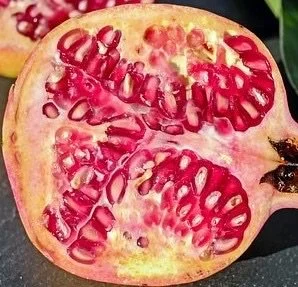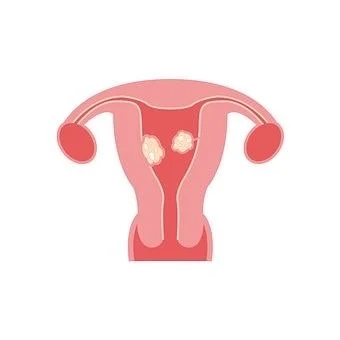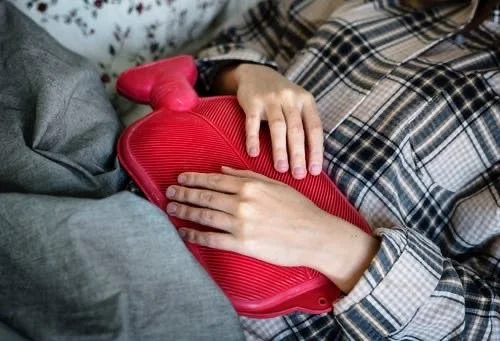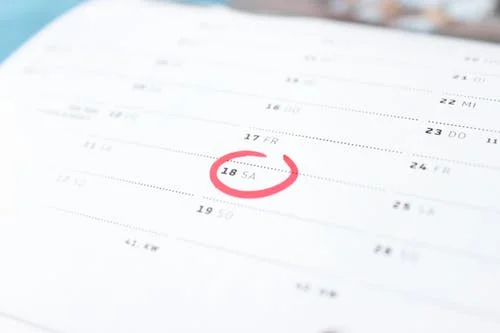Most women know (or remember) the uninvited friend who visits just before their period every month: the moodiness, bloating, insomnia, headaches, breast tenderness and other annoying symptoms. While as many as 75% of women experience disruptive symptoms related to premenstrual syndrome (PMS), only a small proportion, around 5-8%, are considered to have symptoms that are “clinically significant”. A comparable proportion, 3-8%, experience the most severe symptoms of Premenstrual Dysphoric Disorder (PMDD), which are mostly behavioral and addressed as a psychiatric disorder.
Read MoreWomen have two of them: ovaries are small oval-ish glands, one on each side in the lower abdomen below the belly button. Ovarian pain can be felt on either side, or in the pelvis in general as well as in the lower back.
Read MoreEndometrial tissue is typically found in the lining of the uterus and is shed every month during menstruation. But in endometriosis, this tissue grows in other places such as the ovaries, the fallopian tubes, the outer wall of the uterus, the intestines, or other organs in the abdomen. “Endometrial implants”, as they are called, can even occasionally appear in the lungs, brain, kidneys, arms, legs and sinus cavities. Endometriosis is not life-threatening, but it can be the culprit behind two major life-altering symptoms: infertility and—you guessed it-- pain.
Read More(Yes, this is a pomegranate, somewhat similar to but easier to look at than, a polycystic ovary).
10% of all women of child-bearing age have it, along with 75% of women with irregular periods, and it is the most common cause of female-associated problems with infertility. So if you have been diagnosed with it, you have lots of company.
Read MoreAre you among the estimated 50-70% of women who experience breast pain? This is a surprisingly common condition that is more likely to affect women who are premenopausal or perimenopausal. Described as a heavy, dull ache or soreness, or a stabbing, burning pain-- however it feels, it’s really bothersome!
Read MoreA homeopathy teacher of mine once said that whatever our body makes, it can un-make. If true, this is encouraging for women suffering with fibroids, benign growths of fibrous tissue growing in or near the uterus that are usually harmless but can sometimes become large and very bothersome. And there are a lot of us, I had them too at one point: more than half of pre-menopausal women do and most don’t ever know it. As you will see, fibroids are often associated with hormone imbalance, so directly addressing this can lead to a positive outcome.
Read MoreMenstrual pain is extremely common, but it’s often not reported at doctor visits. Why is this? Perhaps women just accept menstrual pain as part of the burden of being female, or we don’t expect our pain to be taken seriously, or maybe we are too embarrassed to talk about it. (There is a lot of ancient lore and superstition in many cultures associated with the female menstrual cycle). Period pain can be extremely debilitating for between 2 and 29% of women: the reason for that huge spread is that many women don’t report it.
Read MoreFor most women, “that time of the month” or the days leading up to it are not their favorite. But menstruation is a sign of our ability as a species to reproduce, which is why the absence of a monthly period (“amenorrhea”) in girls and women from about 16 to 45 years old who are not pregnant is a health problem.
Read MoreFor most women it’s a fairly predictable event that is easily incorporated into daily life. And then there are others-- about 30% of women-- who experience periods that are not predictable and cause major disruption, not only to daily life but to special events, vacations, etc..
That said, irregular periods occur normally at certain times during a woman’s lifetime. When the period starts, typically between 10 and 15 years old, it can take several years to become established as a regular pattern. Of course, menstruation also stops during pregnancy and often remains suppressed during breast-feeding as well. Finally, irregular periods also occur leading up to the time of menopause.
Read More









